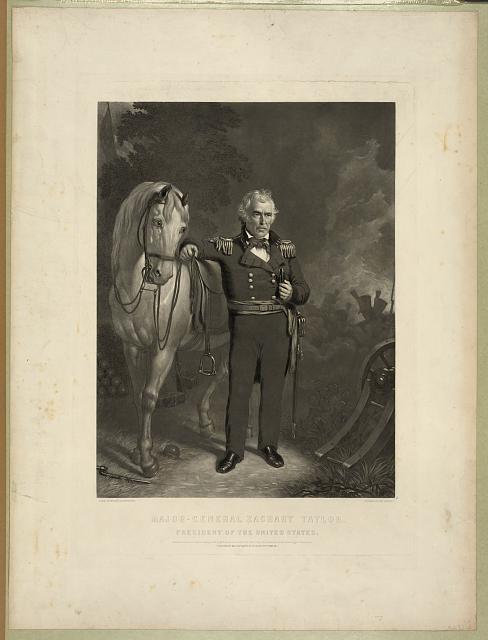The Battle of Buena Vista holds a prominent place in history as General Zachary Taylor’s most significant triumph during the Mexican-American War. This iconic battle, which took place on February 22-23, 1847, in northern Mexico, showcased Taylor’s military prowess, strategic acumen, and the determination of his troops. This article explores the importance of the Battle of Buena Vista by examining its historical context, the events that unfolded during the battle, and its enduring impact on the outcome of the war.
Background of the Mexican-American War
To grasp the significance of the Battle of Buena Vista, it is essential to understand the broader context of the Mexican-American War. The conflict erupted after the United States annexed Texas in 1845, leading to a dispute with Mexico over territorial claims. As tensions escalated, General Zachary Taylor was given the responsibility of defending the newly acquired territories from Mexican forces.
Taylor’s Military Career
Before the Battle of Buena Vista, Taylor had already made a name for himself with victories at Palo Alto and Resaca de la Palma. These earlier triumphs showcased his tactical brilliance and ability to achieve success against larger Mexican forces. Taylor’s military achievements had bolstered American morale and laid the groundwork for his crucial role in the forthcoming Battle of Buena Vista.
The Context of Buena Vista
In early 1847, Taylor found himself in a precarious situation. With approximately 4,700 troops under his command, he faced an outnumbering Mexican force led by General Antonio López de Santa Anna, estimated to be around 15,000 strong. Despite limited supplies, challenging terrain, and an enemy that seemed poised for victory, Taylor resolved to defend Buena Vista, a key crossroad in northern Mexico.
Taylor’s Strategic Decisions
During the Battle of Buena Vista, Taylor’s strategic decisions played a vital role in the ultimate American triumph. Realizing the disadvantage of his outnumbered and undersupplied army, Taylor adopted a defensive strategy. He leveraged his artillery advantage and skillfully utilized the natural topography of the region to position his forces on higher ground, providing a significant tactical advantage. Taylor’s decision to create a fortified defensive line and focus on defensive warfare proved crucial in withstanding repeated Mexican attacks.
The Battle Unfolds
The Battle of Buena Vista commenced on February 22, 1847, when Santa Anna launched a vigorous frontal assault on Taylor’s positions. The Mexican forces, believing that sheer numbers would overwhelm the Americans, initiated a relentless series of attacks. Despite facing overwhelming odds, Taylor’s troops demonstrated remarkable resilience and bravery, holding their positions and repulsing each Mexican assault throughout the day.
Taylor’s Leadership and Heroes Emerged
Taylor’s exceptional leadership during the Battle of Buena Vista played a pivotal role in turning the tide of the conflict. In a critical phase of the battle, he personally led a charge against the Mexican artillery, inspiring his troops with his unwavering resolve and bravery. Taylor’s actions on the battlefield galvanized his men, boosted morale, and ultimately contributed to the American victory.
The Aftermath and Legacy
After two days of fierce fighting, Santa Anna withdrew his forces from the battlefield, leaving behind a substantial number of casualties. The Battle of Buena Vista reverberated beyond a mere military victory. It significantly bolstered support for Taylor’s presidential aspirations, earning him the nickname “Old Rough and Ready” and solidifying his national reputation as a capable military leader. Furthermore, the battle served as a testament to the resilience and courage of American soldiers in the face of daunting odds.
The Battle of Buena Vista remains an enduring testament to the remarkable military prowess and leadership skills of General Zachary Taylor. This pivotal engagement not only secured a significant victory for the United States during the Mexican-American War but also propelled Taylor’s national reputation and political aspirations.
